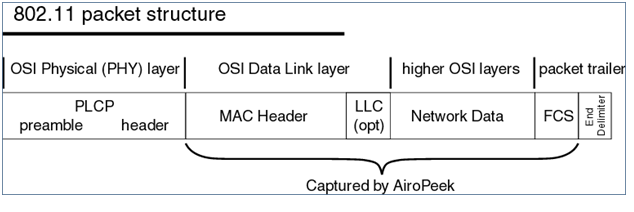
To verify the feasibility of long range and low-power Wi-Fi for IoT services, field tests in both indoor and outdoor environments are conducted. Additionally, a system on chip, which integrates a digital baseband, RF transceiver, analog-to-digital converter/ digital-to-analog converter, processor, and memory with the external connection interface, is implemented. In this article, the PHY and MAC technologies in IEEE 802.11ah are investigated, and the technical features are described by comparing it with other IoT systems. To achieve long-range and low-power features of IoT networks, the physical (PHY) and medium access control (MAC) layer functions in the previous Wi-Fi standards are amended in the IEEE 802.11ah standard. Author by Il-Gu Lee Duk Bai Kim Jeongki Choi Hyungu Park Sok-Kyu Lee Juphil Cho Heejung Yuįor Internet of Things (IoT) applications in the sub-1 GHz unlicensed band, the IEEE 802.11ah technology, also called Wi-Fi HaLow, has been standardized. Because of the need for real time data transmission, the DCF method is used in the current. Two methods are available for controlling the access to the wireless local area network systems, Distributed Coordination Function (DCF) and Point Coordination Function (PCF). In other words, there is a need to control the access to the communication network. Since all ends share the available radio channels, there is a need to mange the transmission and reception of packets and control the collision that may occur if two or more ends try to transmit their data at the same time.
After preparation and capsulation of the measured data in Wi-Fi packets, Fig.3, the relay at each end needs to share its information with the other end. The data frame also includes a Frame Check Sequence (FCS) to check the packet for transmission error as shown in Fig.3. The MAC header is divided into a frame control field, sequence control and the four MAC addresses described above. The data body can vary from 0 to 2312 bytes. The Wi-Fi frame also contains MAC header and a variable length frame body that holds the data.

The DA is the MAC address of the last device in the system to receive the frame. The RA is the MAC address of the device that receives the wireless frame. The TA is the address of the device that sends the frame into the wireless medium. SA is defined as the Medium Access Control (MAC) address of the device that originated the frame.


 0 kommentar(er)
0 kommentar(er)
